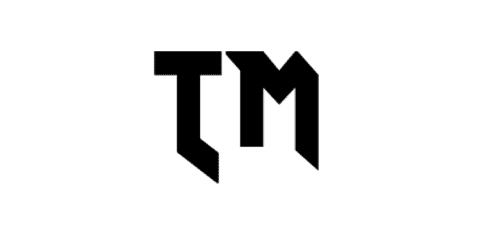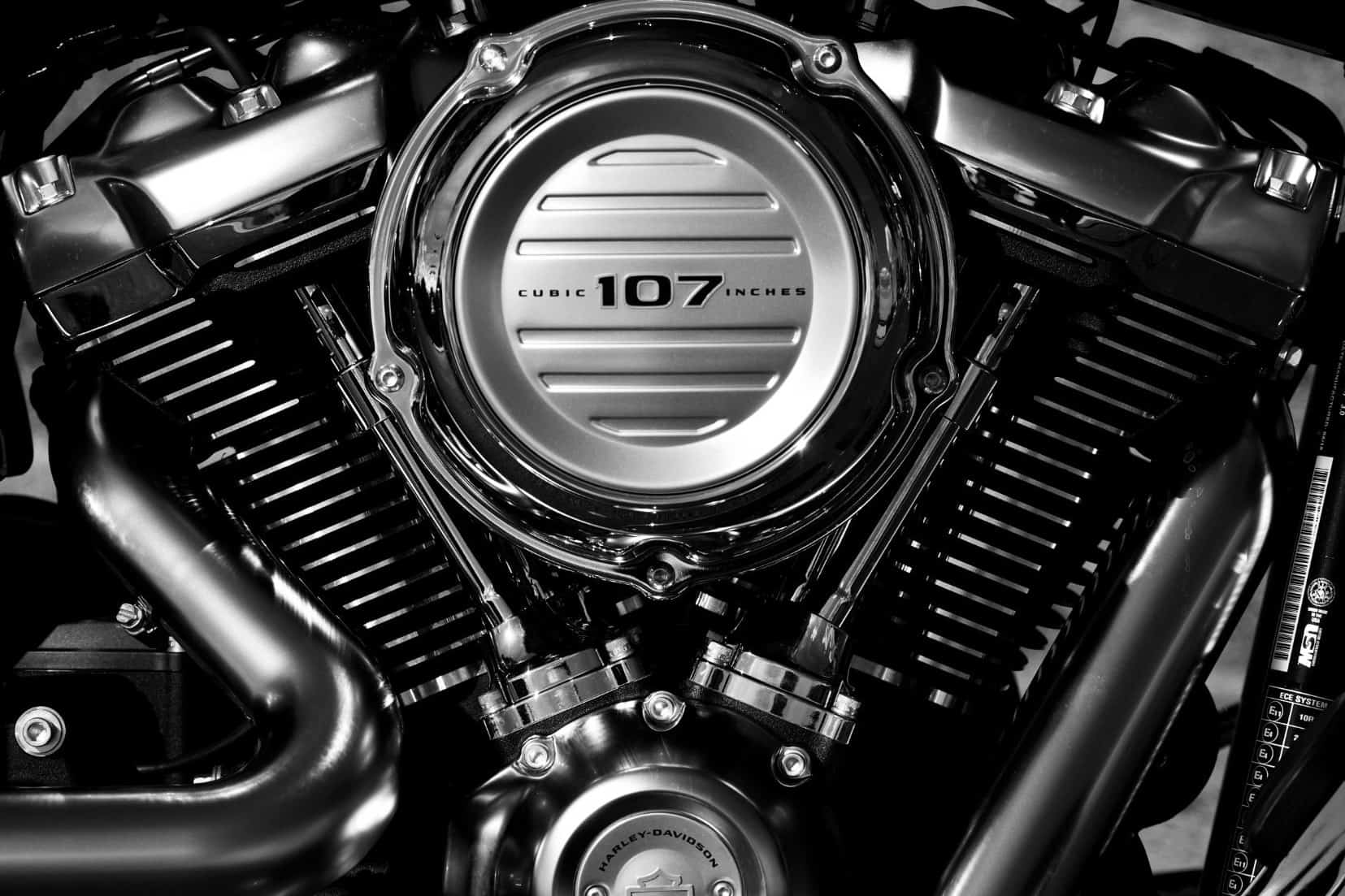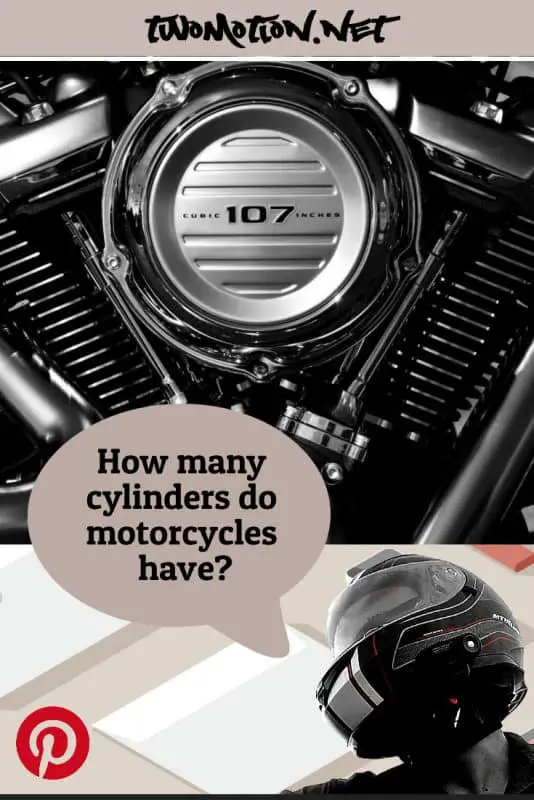The most common number of cylinders that motorcycles have is 2, and they are usually in inline-, V- or flat-configuration. But motorcycle engines can have between 1 and 6 cylinders.
Overview
In this article, we discuss how many cylinders motorcycles have and why. I also made a list of the most common amount of cylinders each motorcycle manufacturer has on their models.
We will discuss the following:
- How many cylinders motorcycles have
- Why motorcycles have different amount of cylinders
How many cylinders motorcycles have
Motorcycles could have any number of cylinders between 1 and 6 on most of them. The most used engine arrangement has two cylinders and is in an inline-configuration (also called straight-configuration). These are the different configurations of motorcycle engines that you get and the number of cylinders each type could have:
| Engine configuration | Amount of cylinders* |
|---|---|
| Single | 1 |
| Inline-configuration (straight-configuration) | 2, 3, 4, 6 |
| V-configuration | 2, 3, 4, 5, 6 |
| L-configuration (90° V-configuration) | 2, 3, 4 |
| Flat-configuration (boxer-configuration) | 2, 3, 4, 6 |
*most common (7 to 12 cylider engines are rare on motorcycles)
Amount of cylinders by motorcycle manufacturer
| Motorcycle manufacturer | Most common number of cylinders | 2nd most common number of cylinders |
|---|---|---|
| Aprilia | 4 (V-configuration) | 1 (single-cylinder) |
| Arch | 2 (V-configuration) | N/A |
| Benelli | 2 (inline-configuration) | N/A |
| BMW | 2 (flat-configuration) | 2 (inline-configuration) |
| Ducati | 4 (V-configuration) | 2 (V-configuration) |
| Harley-Davidson | 2 (V-configuration) | N/A |
| Honda | 1 (single-cylinder) | 2 (inline-configuration) |
| Indian | 2 (V-configuration) | N/A |
| Kawasaki | 2 (inline-configuration) | 4 (inline-configuration) |
| KTM | 1 (single-cylinder) | 2 (V-configuration) |
| Moto Guzzi | 2 (V-configuration) | N/A |
| MV Agusta | 3 (inline-configuration) | 4 (inline-configuration) |
| Norton | 2 (inline-configuration) | N/A |
| Royal Enfield | 2 (inline-configuration) | N/A |
| Scrambler Ducati | 2 (L-configuration) | N/A |
| Suzuki | 2 (V-configuration) | 4 (inline-configuration) |
| Triumph | 2 (inline-configuration) | 3 (inline-configuration) |
| Yamaha | 2 (inline-configuration) | 4 (inline-configuration) |
Why motorcycles have different amount of cylinders
Most motorcycles have more cylinders in order to deliver better performance and also to sound better.
While single-cylinder engines are much easier to work with and deliver a lot of power at low engine speeds, they don’t work well at high engine speeds.
Single-cylinder engines are mostly used on dirtbikes or motorcycles that are not meant for highways. They are easier to maintain and cost-effective.
Engines with two or more cylinders deliver more power overall because of the firing rate. They can have different configurations to deliver power at certain engine speeds. You will be able to tell what type of engine it is just by listening to it.
The sound that each engine configuration produces
Each engine configuration (with different amount of cylinders) sounds different. But the firing sequence of each cylinder can also change the way the engine sounds, among other things like valve-timing. Below are some sound clips of the most common motorcycle engines:
Final words
My favourite engine configuration is the inline 4-cylinder that you find on most sportbikes. I hope this article was useful to you. If it was, you might consider signing up for my monthly newsletter.
I always try to keep my articles interesting and informative. And I’m always thankful when they are shared on social media platforms or Pinterest.


